Comprehensive Knowledge of Antenna Port Connectors
Retaining an RF connector for the cable connection on the antenna makes the antenna much easier to use. However, the history of coaxial RF connectors is not long. In 1930, the earliest RF connectors and coaxial RF connectors in the UHF band emerged. In the 1940s, Americans designed a screw-connected RF connector for military equipment below 5 GHz. This is our commonly used N-type connector, which has been improved in the future and has increased the operating frequency to 18 GHz. There is basically no change in its working principle and morphological characteristics. In the future, due to factors such as miniaturization, people have designed a variety of connectors such as BNC type, SMA type, etc., but the original design idea is always inseparable.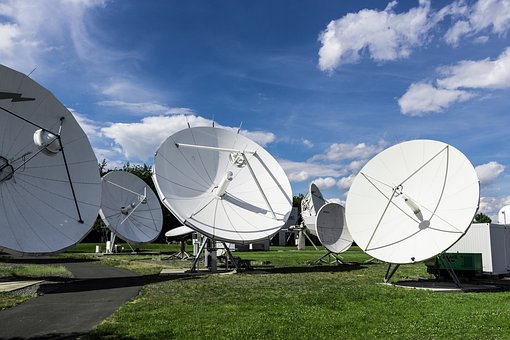
But in recent years, the situation has changed a bit. Some foreign multinational groups have increased their investment in the technical innovation of coaxial connectors. Compared with the original SMA and N-type connectors, this new type of connector has the advantages of quick insertion and removal, and is not easy to loosen in a vibrating environment. It does not affect the 360° rotation of the cable after insertion, and can achieve dense installation. Has replaced the original traditional coaxial connector in some areas.
However, this quick-insertion self-locking connector also has some problems in the antenna working in the field. Like the previous N-type and SMA-type connectors, the connector itself is not waterproof, and is not inserted. There is also the problem of dust protection. Recently, a technology company in Chengdu, Tianshiyu Technology, has carefully studied this issue and developed a non-contact plug-in self-locking RF connector. Different from the traditional connector port structure, the connector port is closed, so it has good waterproof and dustproof functions. It does not require special waterproof measures in the field, and even wet connection in water. It can ensure the smooth flow of signals and is especially convenient for antennas working in the field.
Of course, there are other differences in this contactless push-in connector compared to conventional antenna connectors. Because it is non-contact, this contactless quick-connect connector is not DC short-circuited. In addition, the working frequency band is not as wide as the traditional connector. It can be from DC to more than a dozen GHz or even higher, but it can also work. In a frequency band that is multiplied or even wider, this is sufficient in most wireless engineering today.
More details please contact info@iphone-line.com.

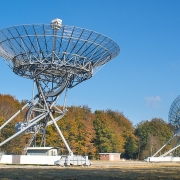
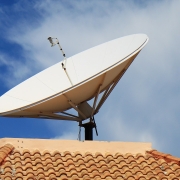
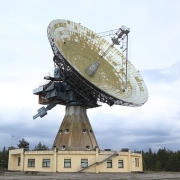

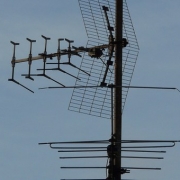
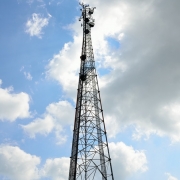


Leave a Reply
Want to join the discussion?Feel free to contribute!